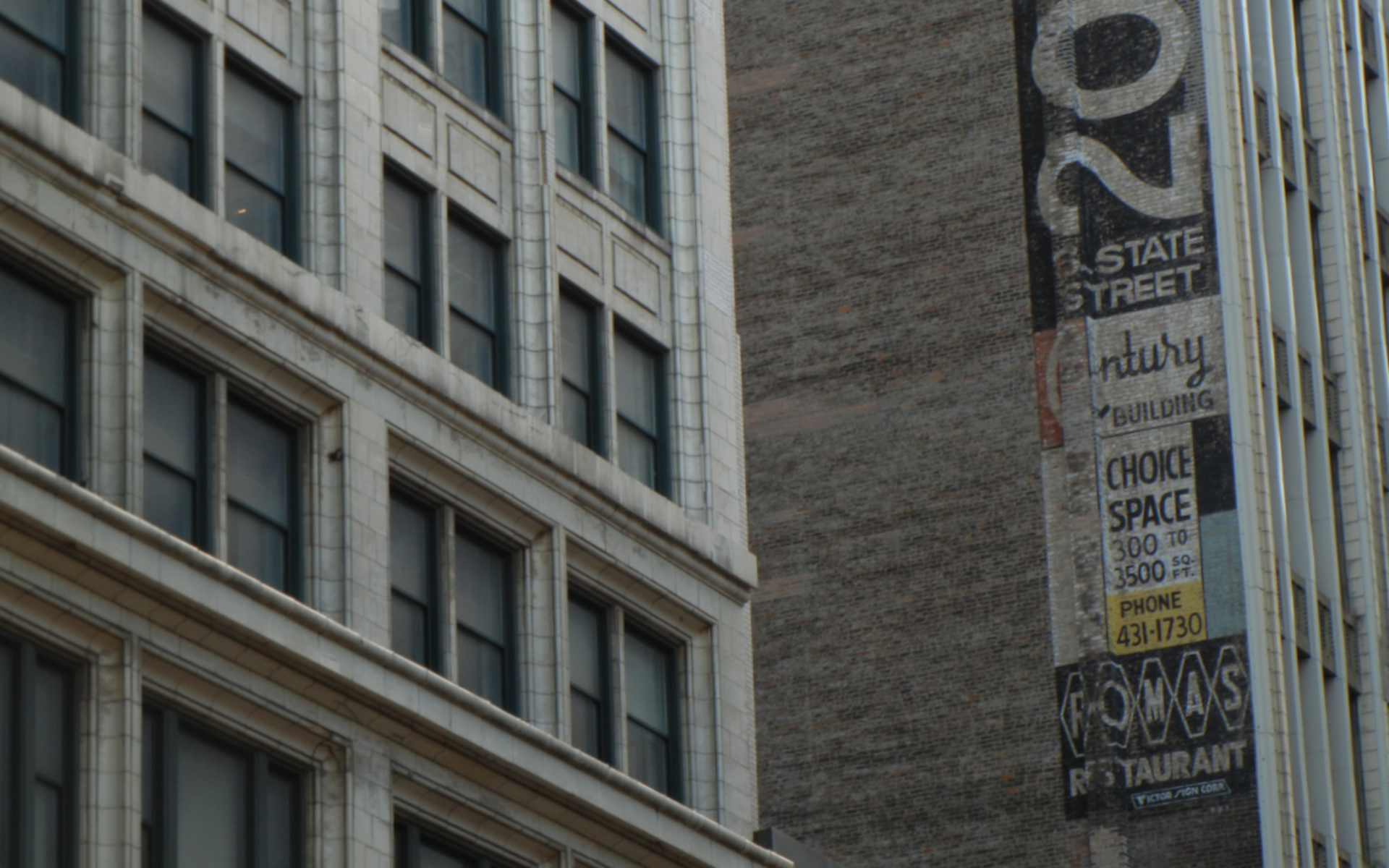Thoughts of late March.
World Figure Skating Championships
This past week saw the 2023 World Figure Skating Championships, a competition that has, mercifully, dwindled greatly in emotional significance for me. For most of the 2010s and into the 2020s, I’d have to worry about a technically superior ice dance team’s odds of earning the particular medal they deserved; this being ice dance, the odds were often not in their favor. But this year, with the real greats of the decade retired, my only major wish was to see up-and-coming Americans Christina Carreira and Anthony Ponomarenko put out two good performances in their first trip to the big dance. In their second year under the coaching of GOAT Scott Moir, the team’s development has taken an intriguing turn, with a pair of programs that, despite the sport’s current loose technical requirements, allude to the more complex and musically savvy style of ice dance demanded in the early 2010s.
While skaters and coach alike have been determined to insist on the team’s individuality, it’s difficult to watch their rhythm dance and not see the seasoning throughout of Tessa Virtue and Scott Moir’s 2011 Latin free dance — the “Latin club remix” + “sultry cafe jazz” + “familiar party Latin” musical layout, the near-neutral costume color scheme (albeit champagne for Christina to Tessa’s gold), and the sophistication of the choreographic detail — to say nothing of the ending cartwheel. And as that earlier program had a short shelf life — only skated in full once, after Virtue and Moir missed most of that season’s events due to personal circumstances — it’s nice to see its spiritual successor realize its full potential.
The Red Shoes ballet
I admit this was a long overdue watch for someone of my sensibilities, the primary excuse being that only over the last couple of years have I begun making an effort to Really Watch Movies. Regardless, my takeaway here was that the story mattered less than its real reason for existing: the 15-minute eponymous centerpiece ballet that combines genuine choreographic and dance skill (from real-life choreographers and dancers Robert Helpmann and Léonide Massine in addition to star Moira Shearer) with movie magic. These tricks turned off some ballet purists in the 1940s; such wrongs have, one can assume, been long since forgiven.
Work in Progress
Perusing 1920s issues of McCall’s Magazine in search of Household Words inspiration, and have hit on my potential next topic, pending deeper research. Two words for now: 1920s Etsy.
